Marcel BreuerEarly and rare 'Long Chair', designed 1935-1936, produced circa 1935 Laminated birch plywood. 69.5 x 62.5 x 137 cm Seat manufactured by Venesta, Estonia for Isokon Furniture Company Ltd., London, United Kingdom. Front of seat stamped MADE IN/ESTONIA. Frame manufactured by Isokon Furniture Company Ltd., London, United Kingdom. FootnotesProvenance Private collection, London Acquired from the above by the present owner Literature Christopher Wilk, Marcel Breuer Furniture and Interiors, exh. cat., Museum of Modern Art, New York, 1981, pp. 127, 145 Jack Pritchard View from a Long Chair: the memoirs of Jack Pritchard London, 1984, front cover, frontispiece, pp. 90, 113, 120, 179 Martin Eidelberg, ed., Design 1935-1965: What Modern Was, New York, 1991, p. 35 Magdalena Droste, Manfred Ludewig and Bauhaus Archiv, Marcel Breuer Design, Germany, 1994, pp. 29, 132-133 James Peto and Donna Loveday, eds., Modern Britain: 1929-1939, exh. cat., Design Museum, London, 1999, pp. 90, 92 Charlotte and Peter Fiell, eds., Decorative Art - 1930s & 1940s, Cologne, 2000, pp. 319, 384 Alastair Grieve, For Ease For Ever, London, 2004, pp. 4, 28, 30, 33, 42 Hugh Aldersey-Williams, British Design, New York, 2010, p. 70 Christopher Wilk, Plywood A Material Story, London, 2017, front cover Give and Take: The Cosmopolitanism of British Design By Glenn Adamson INDEPENDENT WRITER AND CURATOR, NEW YORK On the second of June, 1961, the SS Canberra - billed as the 'ship of the future' - set sail from Southhampton, bound for far-off Australia. On board were over two thousand people, about half of them intending to emigrate permanently, and a wealth of art and design. There was a restaurant and pool by Sir Hugh Casson Harry Bertoia's diamond chairs for Knoll, upholstered in canary yellow, graced the "crow's nest." And down in the cleverly titled Pop Inn – a jukebox lounge – an interior by John Wright was enlivened with pyrography murals by a 23-year-old artist by the name of David Hockney Wright's armchairs from the SS Canberra are an obvious reminder of the internationalism of British design; they were literally sent on the high seas as emissaries of a newly energised nation. But many other objects in the present sale performed similar roles, or conversely, reflected global currents of influence. Marcel Breuer's prewar "Long Chair," a masterwork by the great German designer, was principally manufactured in Estonia of high-quality Baltic birch. Aluminium die-casting, which Ernest Race used to such effect in his iconic BA3 chair, was pioneered in America, and first applied to furniture by Otto Wagner in Austria. Race adopted it in 1945 to take advantage of British manufacturing capacity in the metal, which had dramatically increased during World War II. Lucie Rie born and raised in Austria, is considered the most significant of all British potters, having emigrated in 1938 to find refuge from the Nazis. Though her flared bowl with its luminous gold rim was made many years later, it reflects the refined sensibility she imbibed in prewar Vienna. Today, when Britain's role in the world is hotly debated, it is salutary to remember how very cosmopolitan its design history has been, even (and perhaps especially) in the years when its empire was breaking apart. This is true of ideas just as much as technology. The potter Bernard Leach despite his reputation for introverted traditionalism, was actually a marvelously syncretic thinker. The "Tree of Life" that appears on the vase in the present sale was originally inspired by ancient cave paintings in China. Leach loved the motif above all, though, because it appears in the art and mythology of so many cultures. Meanwhile, at first glance, William Plunkett – who, as it happened, created designs for another ocean liner, the QE2 – would seem to be the most British of designers. Trained at Kingston School of Art, he operated his own small manufactory in Croydon and even liked to upholster his seating in Harris
Marcel BreuerEarly and rare 'Long Chair', designed 1935-1936, produced circa 1935 Laminated birch plywood. 69.5 x 62.5 x 137 cm Seat manufactured by Venesta, Estonia for Isokon Furniture Company Ltd., London, United Kingdom. Front of seat stamped MADE IN/ESTONIA. Frame manufactured by Isokon Furniture Company Ltd., London, United Kingdom. FootnotesProvenance Private collection, London Acquired from the above by the present owner Literature Christopher Wilk, Marcel Breuer Furniture and Interiors, exh. cat., Museum of Modern Art, New York, 1981, pp. 127, 145 Jack Pritchard View from a Long Chair: the memoirs of Jack Pritchard London, 1984, front cover, frontispiece, pp. 90, 113, 120, 179 Martin Eidelberg, ed., Design 1935-1965: What Modern Was, New York, 1991, p. 35 Magdalena Droste, Manfred Ludewig and Bauhaus Archiv, Marcel Breuer Design, Germany, 1994, pp. 29, 132-133 James Peto and Donna Loveday, eds., Modern Britain: 1929-1939, exh. cat., Design Museum, London, 1999, pp. 90, 92 Charlotte and Peter Fiell, eds., Decorative Art - 1930s & 1940s, Cologne, 2000, pp. 319, 384 Alastair Grieve, For Ease For Ever, London, 2004, pp. 4, 28, 30, 33, 42 Hugh Aldersey-Williams, British Design, New York, 2010, p. 70 Christopher Wilk, Plywood A Material Story, London, 2017, front cover Give and Take: The Cosmopolitanism of British Design By Glenn Adamson INDEPENDENT WRITER AND CURATOR, NEW YORK On the second of June, 1961, the SS Canberra - billed as the 'ship of the future' - set sail from Southhampton, bound for far-off Australia. On board were over two thousand people, about half of them intending to emigrate permanently, and a wealth of art and design. There was a restaurant and pool by Sir Hugh Casson Harry Bertoia's diamond chairs for Knoll, upholstered in canary yellow, graced the "crow's nest." And down in the cleverly titled Pop Inn – a jukebox lounge – an interior by John Wright was enlivened with pyrography murals by a 23-year-old artist by the name of David Hockney Wright's armchairs from the SS Canberra are an obvious reminder of the internationalism of British design; they were literally sent on the high seas as emissaries of a newly energised nation. But many other objects in the present sale performed similar roles, or conversely, reflected global currents of influence. Marcel Breuer's prewar "Long Chair," a masterwork by the great German designer, was principally manufactured in Estonia of high-quality Baltic birch. Aluminium die-casting, which Ernest Race used to such effect in his iconic BA3 chair, was pioneered in America, and first applied to furniture by Otto Wagner in Austria. Race adopted it in 1945 to take advantage of British manufacturing capacity in the metal, which had dramatically increased during World War II. Lucie Rie born and raised in Austria, is considered the most significant of all British potters, having emigrated in 1938 to find refuge from the Nazis. Though her flared bowl with its luminous gold rim was made many years later, it reflects the refined sensibility she imbibed in prewar Vienna. Today, when Britain's role in the world is hotly debated, it is salutary to remember how very cosmopolitan its design history has been, even (and perhaps especially) in the years when its empire was breaking apart. This is true of ideas just as much as technology. The potter Bernard Leach despite his reputation for introverted traditionalism, was actually a marvelously syncretic thinker. The "Tree of Life" that appears on the vase in the present sale was originally inspired by ancient cave paintings in China. Leach loved the motif above all, though, because it appears in the art and mythology of so many cultures. Meanwhile, at first glance, William Plunkett – who, as it happened, created designs for another ocean liner, the QE2 – would seem to be the most British of designers. Trained at Kingston School of Art, he operated his own small manufactory in Croydon and even liked to upholster his seating in Harris





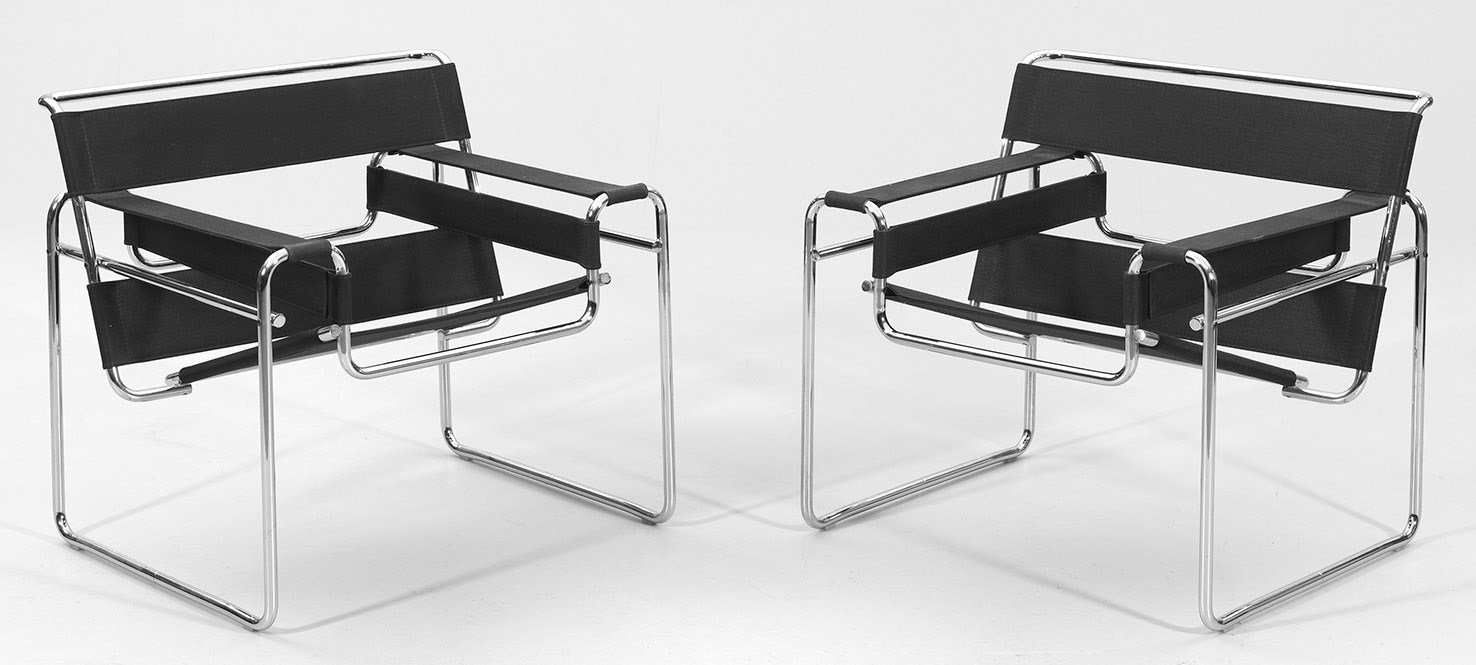
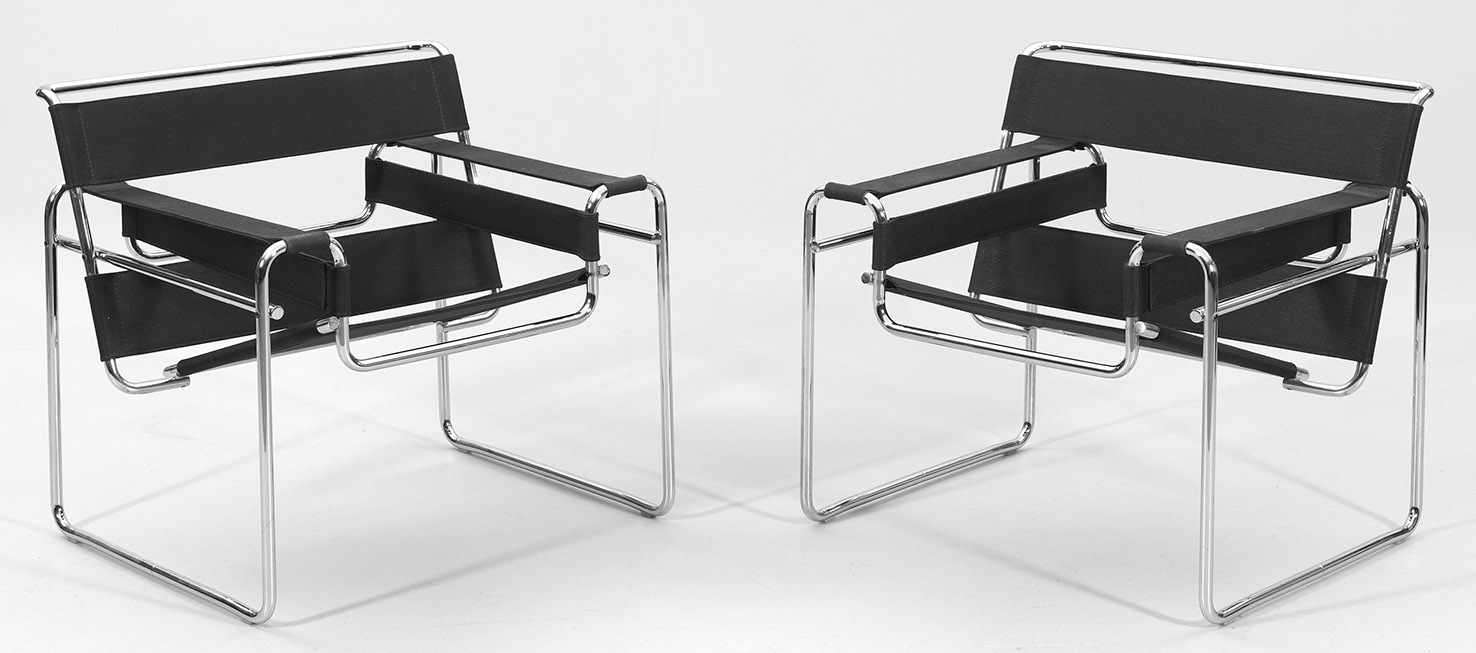


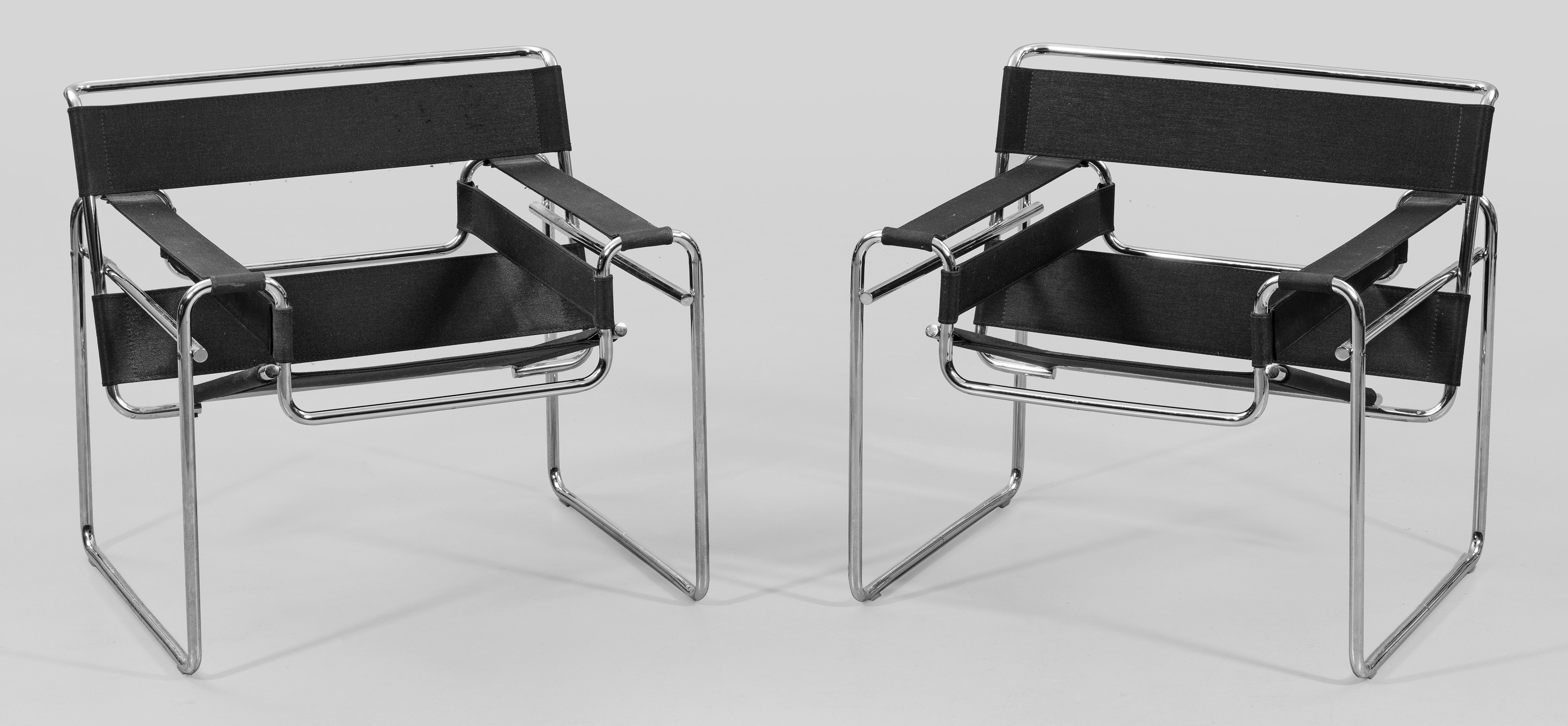
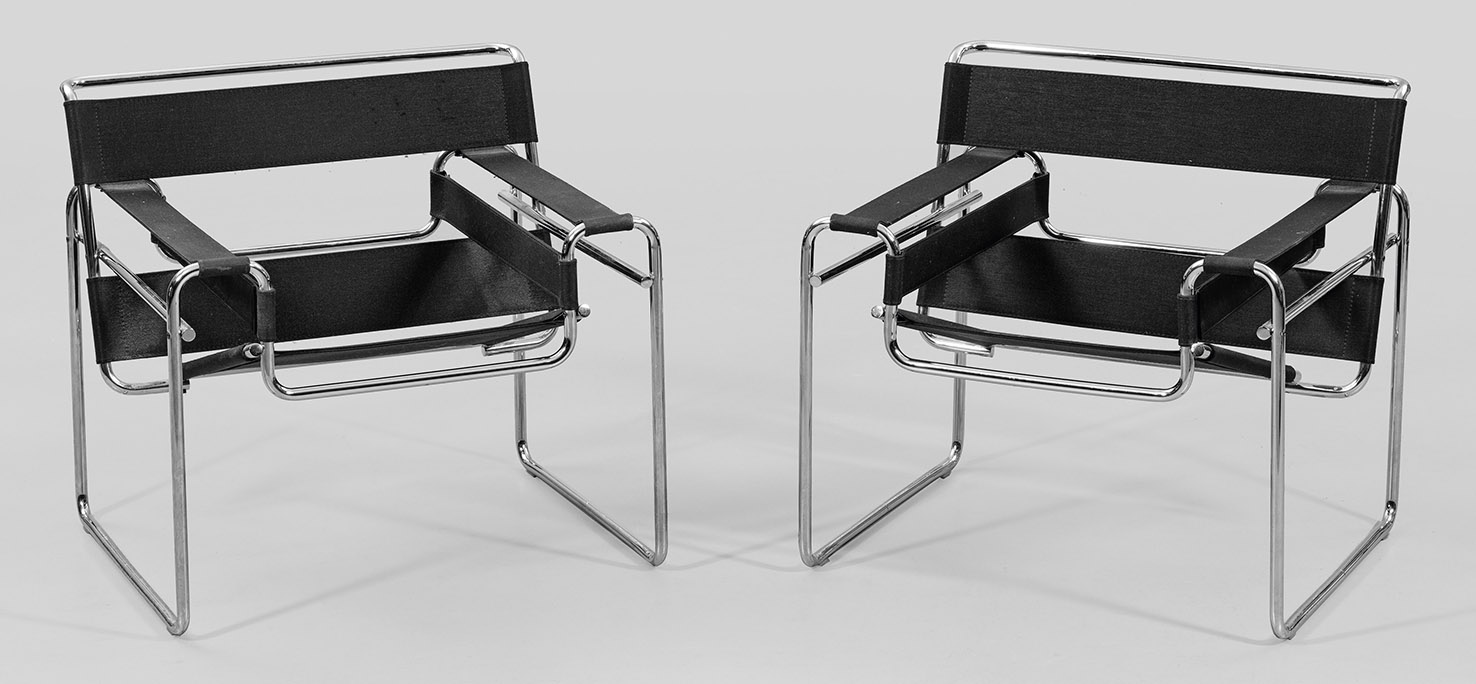

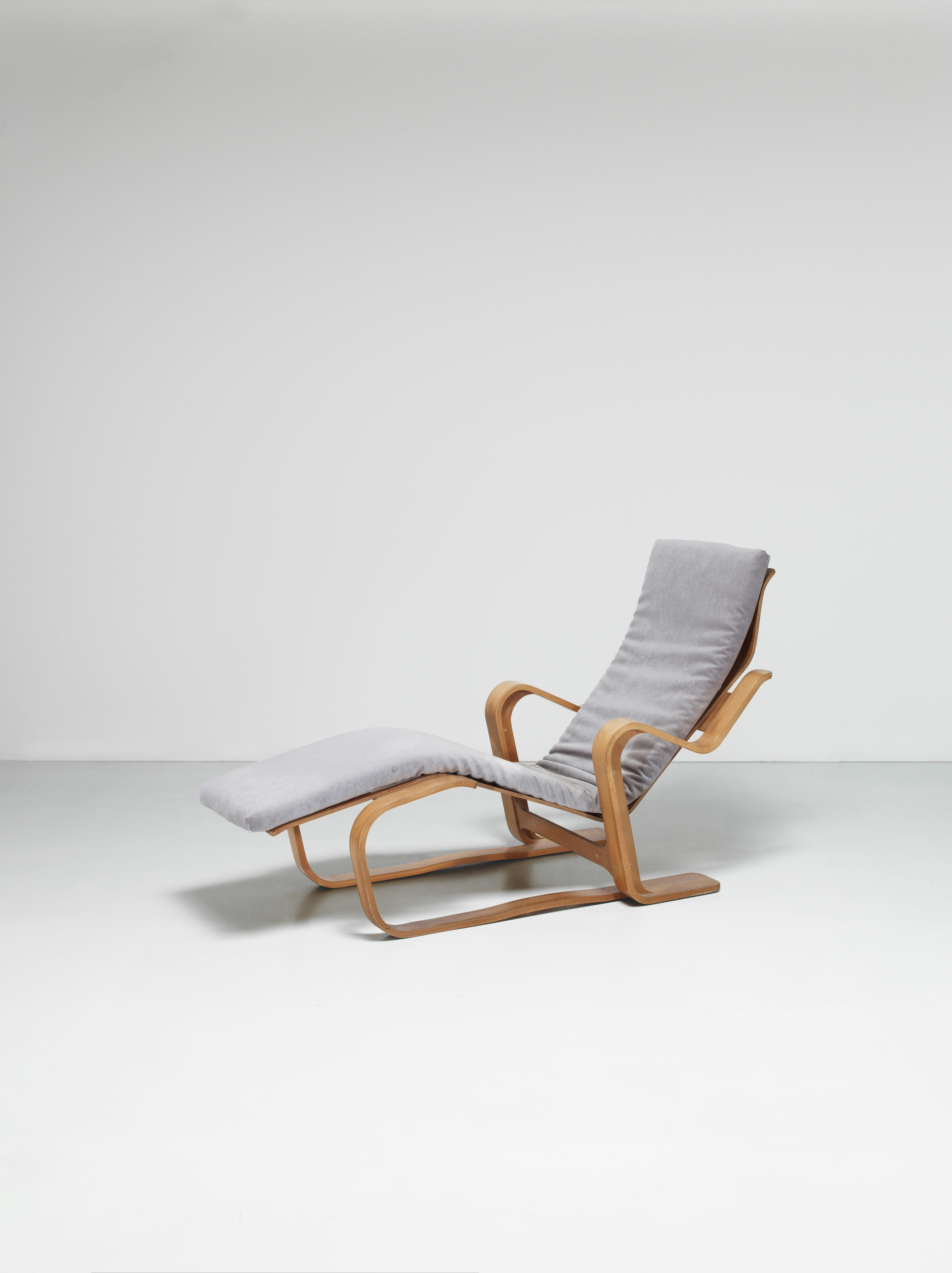

Testen Sie LotSearch und seine Premium-Features 7 Tage - ohne Kosten!
Lassen Sie sich automatisch über neue Objekte in kommenden Auktionen benachrichtigen.
Suchauftrag anlegen